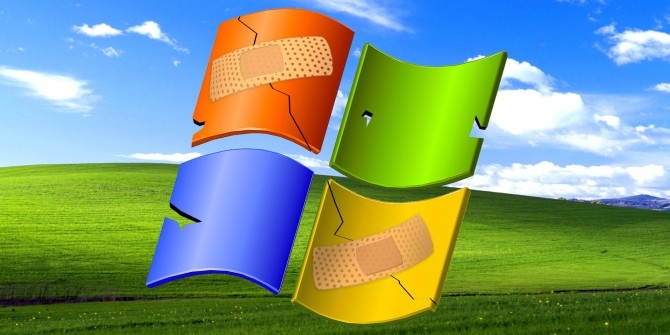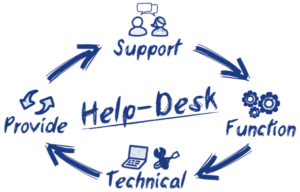To keep your computers running efficiently, you need to upgrade through proper maintenance. This is important to maintain your computer’s health and keep it protected from any security risks. Here are three simple steps for your PC.
1. Remove Windows Update Temp Files
Windows Updates are important to install on your computer because they keep your computer’s software current. It provides some security against new known threats and is also essential for the operating system to clear itself of files known to cause errors. After a while, however, these files accumulate in your hard drive and take up storage space. To remove old files, follow these steps:
Go to your main hard drive [typically your (C:) Drive]. Place your cursor anywhere in the box, then right click and select Properties. In the General tab, click on Disk Cleanup. Click Ok. Then, click Delete Files.
2. Defragment Your Hard Disk.
Defragmentation is a process that lowers the how much storage space there is between files and organizes the index sequencing. It does not delete your files. It makes it easier for windows indexing to locate your files and open them. To defragment your computer follow these steps:
Go to your main hard drive [typically your (C:) Drive]. Place your cursor anywhere in the box, then right click and select Properties >Tools > Defragment Now > Configure Schedule > Check Run on a Schedule > Weekly > Pick a day and time > Select All Disks.
3. Scan for System File Errors.
Lastly, before restarting your computer, use the System File Checker (SFC) to repair missing or corrupted system files.
Go to your main hard drive [typically your (C:) Drive]. Place your cursor anywhere in the box, then right click and select Properties. In the Tools tab > Select Error Checking Scan > Check Now > Start >Schedule Disk Check. (This will start next time you restart your computer).
Additionally, Windows 7 or Windows Vista: Click then in the Search box, type CMD > find CMD in the list > right click on CMD >run as administrator, type: SFC /SCANNOW
For Windows 8: Click + Q, then in the Search box, type CMD > find CMD in the list, right click on CMD > run as administrator, type:
SFC /SCANNOW
After you have completed the steps above, restart your computer, and that’s it.
Remember: Old files do not slow down your computer. It’s the number and type of running processes and software that slow down your computer.
The Rush Tech Support goal is to provide superior technology support services to all. We have been in operation for five years, and our talented, US-based analysts share a passion for technology and are here to help you with your technology questions. Give us a call today and we will be happy to help you with any of your questions about upgrading your Windows at (844) 881-7874 or +18848817874.




